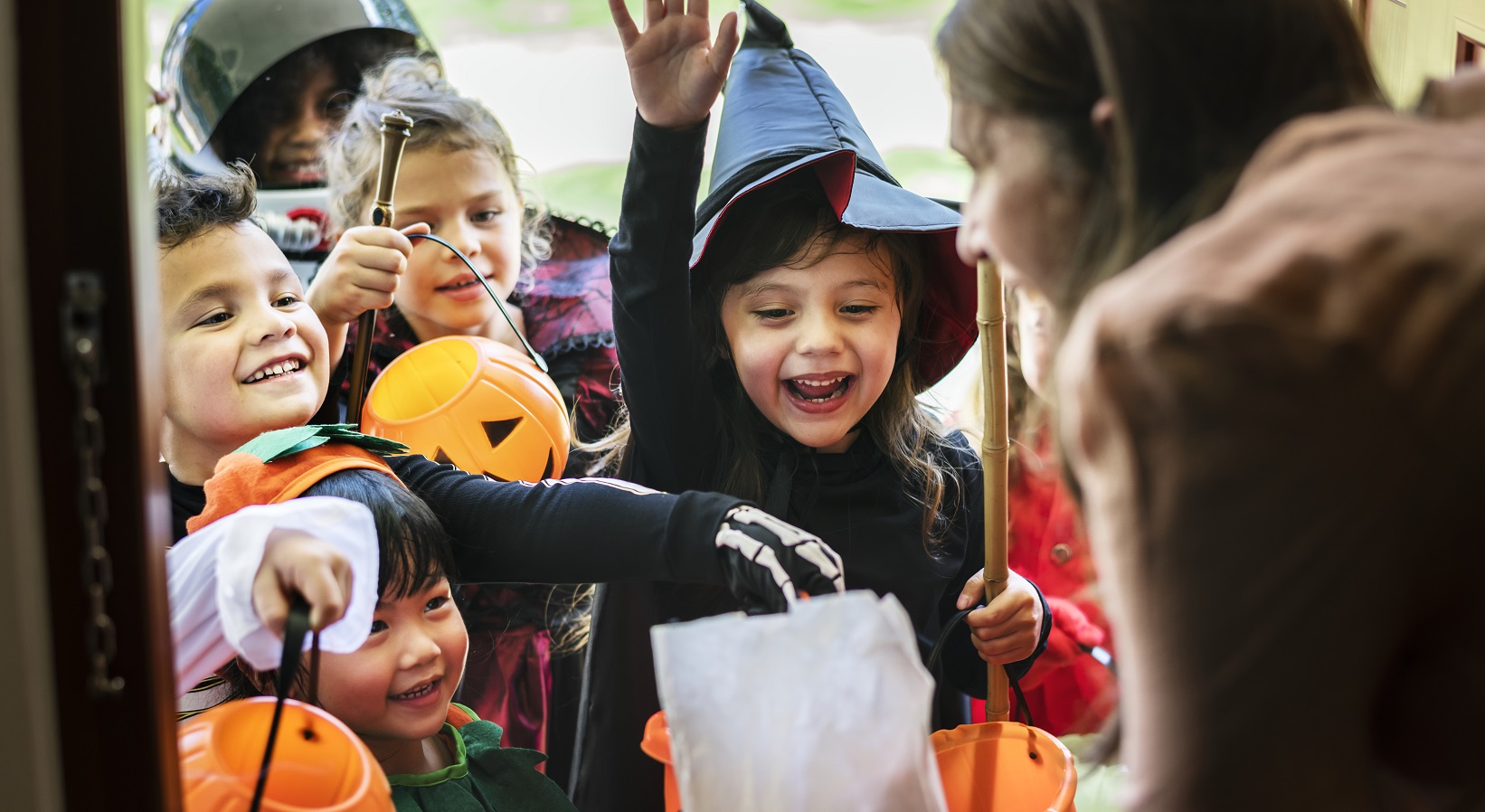Call Ahead Care Line: (281) 783-8162

Trick-or-treating is a fun and festive Halloween tradition for kids of all ages. While enjoying the evening festivities, safety should be your top priority.
Keep Reading: How to Cope with Fall Allergies
We improve our services by using Microsoft Clarity to see how users interact with our website. By using our site, you agree that we and Microsoft can collect and use this data.